Old town
The town of Àger is divided into three neighborhoods that link together into the Plaça Major. The viscount’s town is made up of a sovereign enclosure restricted to the life of the nobles, until the beginning of the 15th century, and of the canons of Sant Pere until the 19th century, and a lower class enclosure where municipal life develops, around the parishes, especially that of Sant Vicenç, until the 18th and 19th centuries, when the expansion outside the walls began. The stately town has been linked to the lords of the castle, viscounts of Àger and Girona since the 12th century.
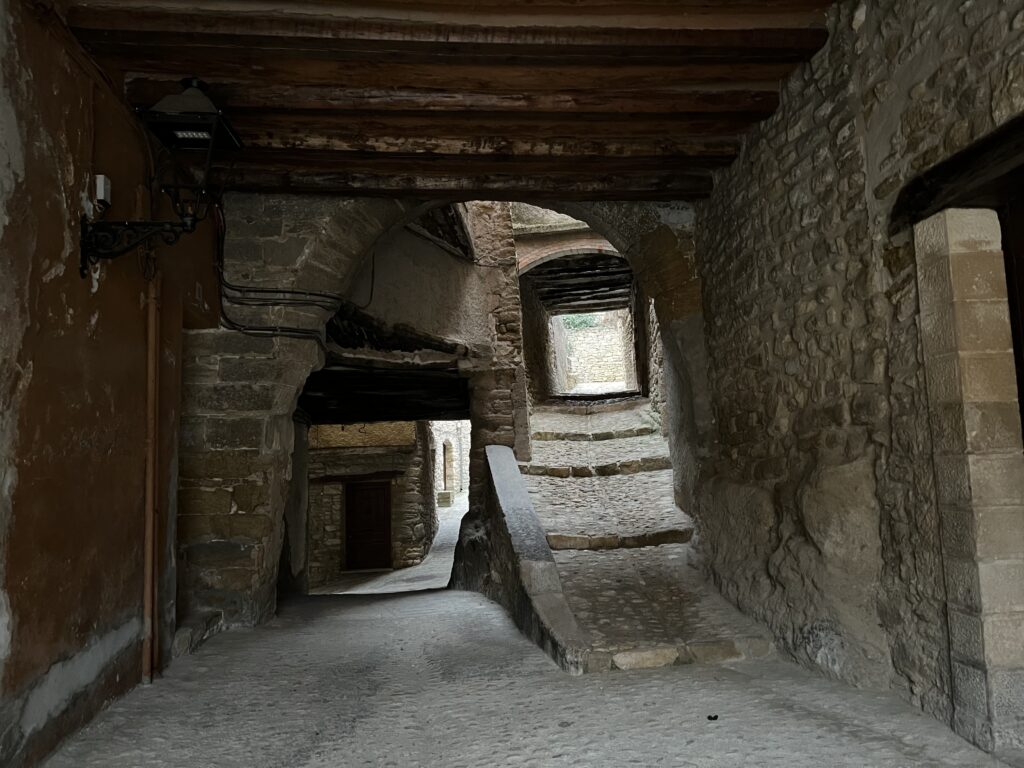
Sant Pere neighborhood
The Sant Pere neighborhood is located above the Major Square. On the walls, below the castle, there was an entrance and exit portal called the Portalet de Sant Pere, of which some traces remain in a building.
The neighborhood grew up around the castle, with streets very typical of an encastled town, which follow the terraces of the hill, until reaching the Major Square. The square became the link between the neighborhoods of the town.
Sant Martí neighborhood
The Sant Martí neighborhood is formed around the street of the same name. It is located to the west of the village. Its portal was the entrance to the construction of roads in the early 20th century. The old road to Lleida entered through its portal, which continued along the main street until it found the square. Along the street there are important buildings such as the Portolà family house or the parish house.
Outside the portal, and since the 11th century, the suburb of Sant Martí has been documented, it is a neighborhood outside the walls where artisans with unauthorized trades were concentrated in the closed town, such as blacksmiths or carpenters. This suburb had its own church, dedicated to Sant Martí, of which there are no remains, but which is already mentioned in 1061.
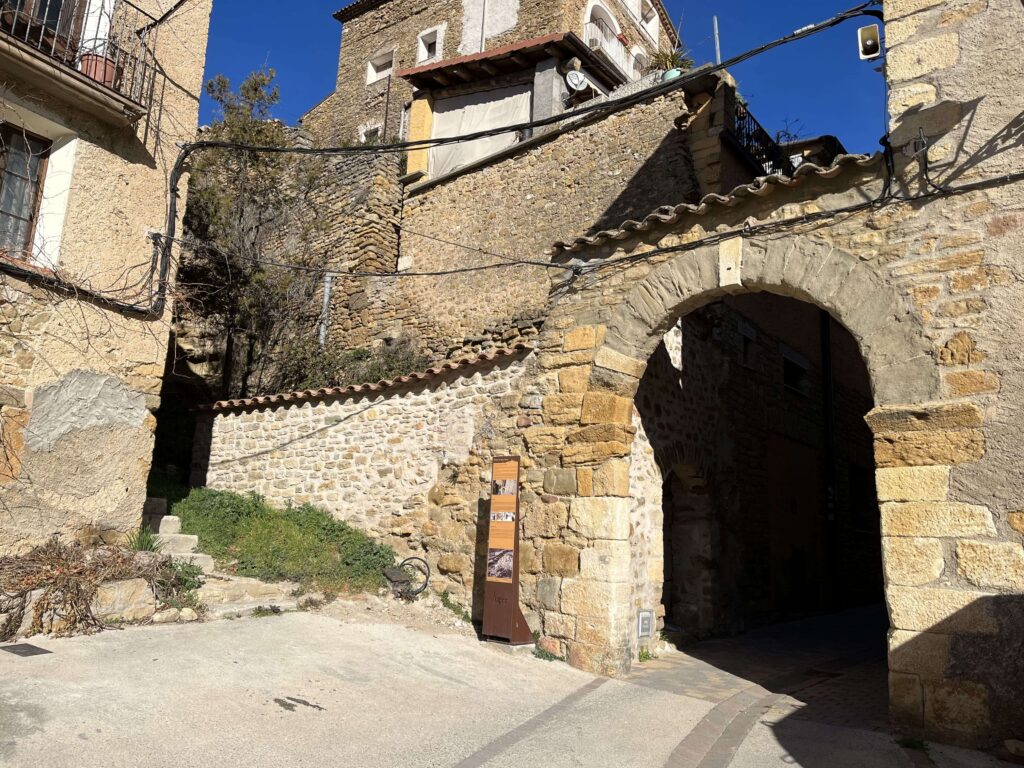
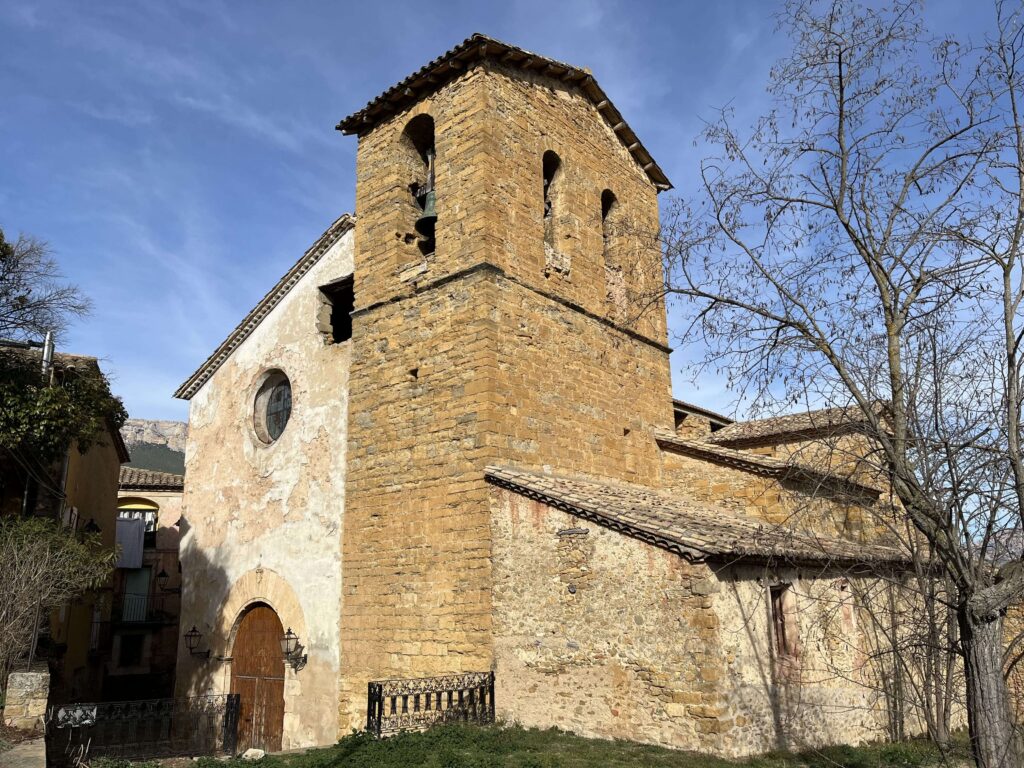
Solsdevila neighborhood
It is located in the south and southeast of the village. Bounded by the walls of the enclosed village, it is crossed by the main street of the same name, along which essential elements of the communal village were established.
Carrer Solsdevila connects the portal of the same name, to the walls, and the Major Square of the town, passing under a porch, a type of architecture that takes advantage of the typical space of the town.
The Collegiate Church complex
Some pottery fragments testify to a very little-known occupation of the Bronze Age. On the other hand, an Ibero-Roman settlement from the 2nd-1st centuries BC is well documented. There is no doubt that there was Roman occupation, although the evidence today is indirect.
This population suffered Islamic domination, which was defended with the construction of a castle on the hill, until the conquest, in which they participated in favor of the Count of Urgell and Arnau Mir de Tost, who rewarded them. Arnau Mir is the architect of the monumental complex of Sant Pere, designed to constitute a core of civil and religious power.
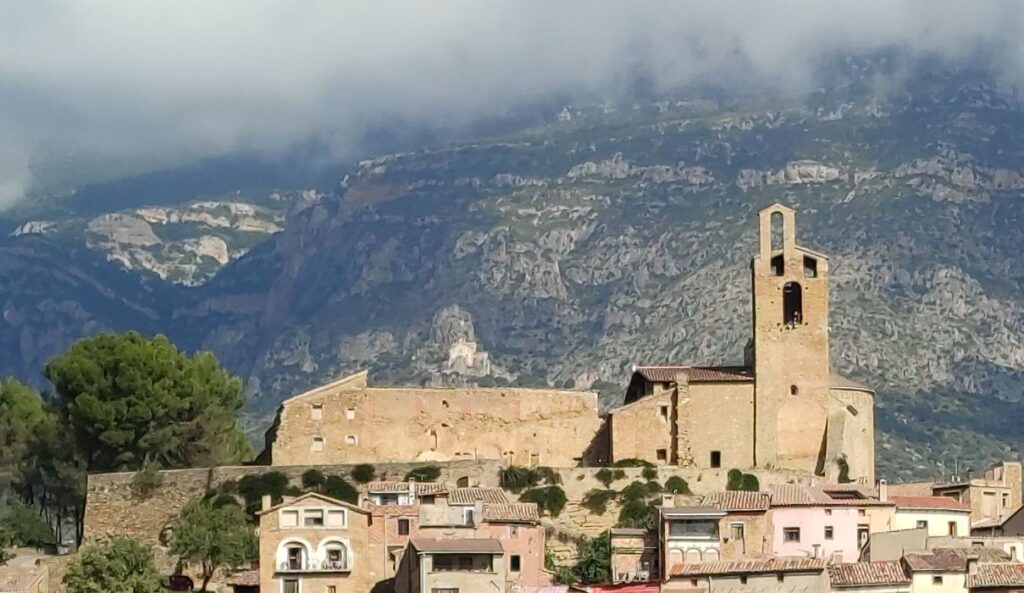
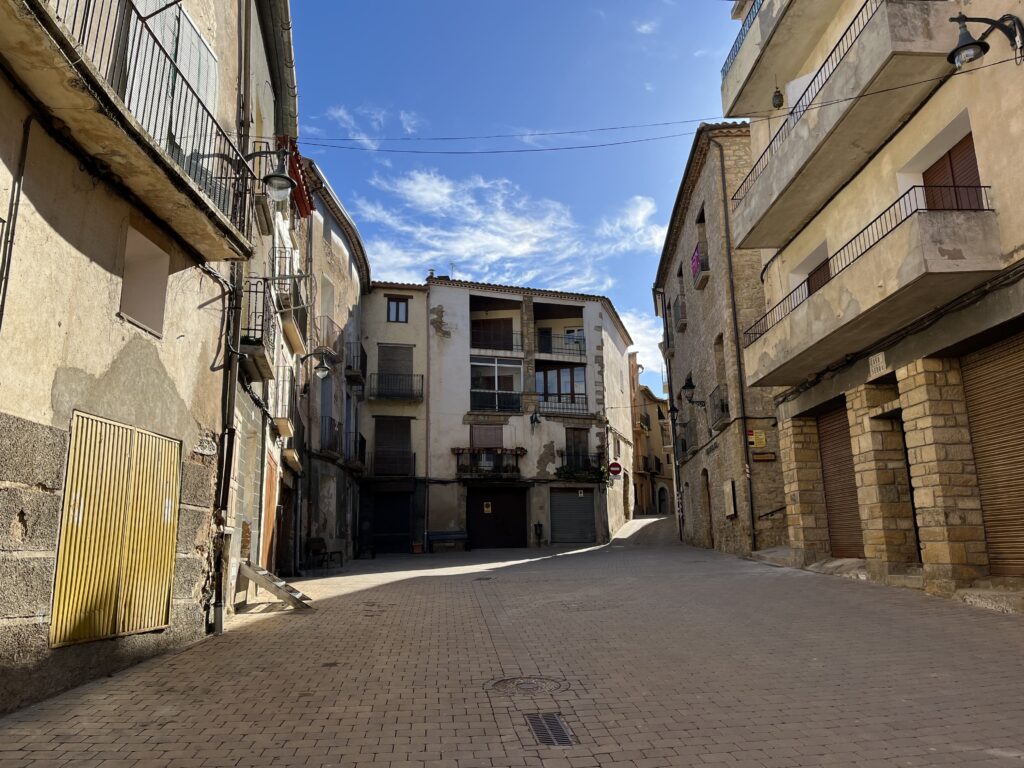
The urbanism
It is difficult to know how the urban organization was around the castle hill in the years before the conquest. Although there are some facts that may shed some light: as the top of the hill would be occupied by a fortification and an Andalusian settlement.
It would be after the conquest of 1034-1048 that the gradual process of concentration and enclosure within walls began, leaving previous spaces outside, such as the suburb of El Pedró.
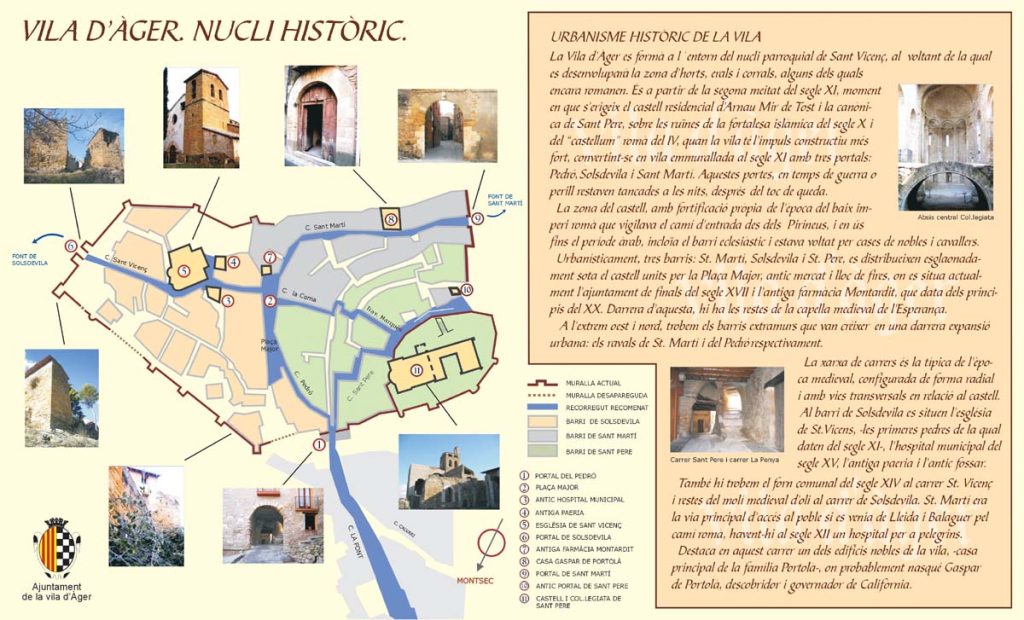
Guided tours
Guided tours of the old town of Àger and free entrance to the Collegiate Church of Sant Pere d’Àger.
Prices:
Tour of the town and free entrance to the Collegiate Church €5 per person (by reservation)
Free entrance to the Collegiate Church €3 (no reservation required)
You can book your visits at the following link:


